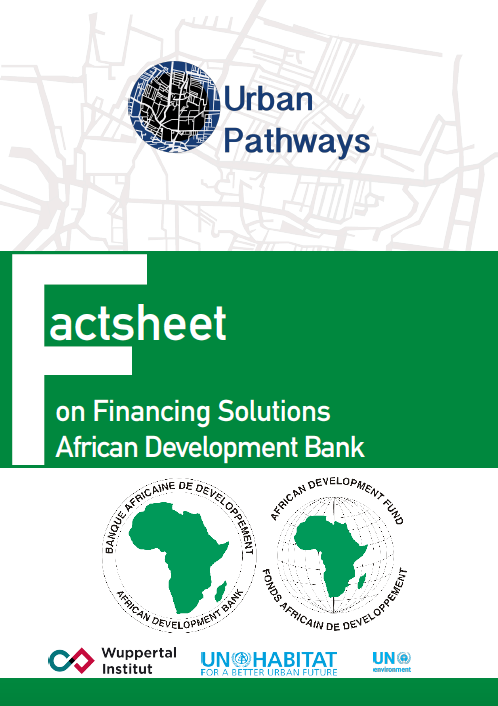|
city profile: Lusaka
LUSAKA IS ZAMBIA’S ADMINISTRATIVE AND ECONOMIC CAPITAL CITY, LOCATED IN THE SOUTH-CENTRAL PART OF THE COUNTRY. IT HAS AN ESTIMATED POPULATION OF 1747152 (2010 CENSUS) AND A POPULATION GROWTH RATE OF 4.9%. LUSAKA IS ZAMBIA’S ADMINISTRATIVE AND ECONOMIC CAPITAL CITY, LOCATED IN THE SOUTH-CENTRAL PART OF THE COUNTRY. IT HAS AN ESTIMATED POPULATION OF 1747152 (2010 CENSUS) AND A POPULATION GROWTH RATE OF 4.9 %. The Republic of Zambia (Zambia), is a landlocked country in Southern Africa, surrounded by the Democratic Republic of Congo tot he north; Tanzania tot he north-east; Malawi to the east; Mozambique; Zimbabwe; Botswana; and Namibia to the south; Angola to the west. The United Nations have projected that Zambia’s population is one of the world’s fastest and its population is projected to triple by 2050. Zambia falls into the medium human development index category of the UN’s Development Programme indexing, placing it at position 139. Zambia is sub-Saharan Africa’s third largest emitter of Greenhouse gas (2014), after South Africa and Nigeria. Its is bio-mass (energy resource: vegetation burning) is so high that its land-use related emissions surpasses that of Brazil and this activity is causing much of the deforestation in the country. Zambia’s 2015 GDP is 21 billion, with agriculture comprising8.6 percent of GDP, industry at 31.3 percent and services at 60 percent. Sixty-five percent of the population is poor and 42 percent is considered extremely poor. Within its Intended Nationally Determined Contribution (INDC) to the UNFCCC, Zambia aims to reduce emissions of 38.000 GgCO2-eq which translates to 47% (internationally supported efforts) against 2010 base year. Zambia also intends to reduce its CO2-eq emissions by implementing three (3) programs driven by the country’s Climate Response Strategy and supported by national development policies including energy, forestry, agriculture, water, Town and Country Planning, sanitation, and transport. Zambia has prepared and developed benefits that assess and consider the planning process for its NDCs, including its National Adaptation Programmes of Action (NAPA), it has not as yet prepared its Nationally Appropriate Mitigation Actions nor its National Adaptation Plan. Energy Only 22% of Zambians have access to electricity, yet it is the third biggest export from the country. Hydropower contributes to 99% to this exported energy. Zambians generally rely on biomass for energy, with an estimated 75% energy consumption in country reliant on biomass – the country experiences high levels of deforestation due to population dependency on biomass. |
|
The factsheets provide a basic introduction to specific measures in the areas of energy, mobility and waste management, which aims to provide a basket of possible solutions to partner cities.
|
|
E-learning programme builds on the toolbox and factsheets and aims to provide a better understanding of possible actions, highlighting the experiences from the implementation of measures in other cities building on the wealth of knowledge of international experts.
|
|
Action Tracker
GIVES AN OVERVIEW OF THE PROJECT´S PROGRESS The Urban Pathways Action Tracker provides an overview of the project’s activities in the cities and reflects on the various action areas. The main objective of this is to share learnings with other cities and identify opportunities for synergies with other projects and initiatives.
|
|
capacity building
urban pathways conference The Urban Pathways Conference took place from 16 to 20 October in Berlin, Germany, with the objective to discuss concrete low-carbon energy, mobility and waste-management solutions to deliver on the New Urban Agenda. This event showcased activities of cities working together on sustainable urban development and helped taking this further into a joint program of action.
|
|
change maker programme
INTERNATIONAL EXPERTS PARTNERSHIPS The Urban Change Maker Programme actively trains and involves motivated junior and senior experts to contribute our joint effort of delivering on the New Urban Agenda with concepts for low-carbon urban energy, mobility and waste management systems.
|
|
City-to-city partnerships
Cape Town - zambia The partner cities will be supported by exchanging ideas with their peers in other cities who have developed successful urban mobility, energy and resource management solutions. This will focus on the story behind the success on governance, finance and regulatory issues.
|
|
regional replication
Implementation is the main focus of the project. As result of the structured process of the project we will identify feasible urban energy, mobility and resources management options in our partner cities. We work closely with development bank partners and financing sources, such as the Green Climate Fund towards assessments of the feasibility of concrete implementation projects. |
|
policy environment assessment
WITHIN ITS INTENDED NATIONALLY DETERMINED CONTRIBUTION (INDC) TO THE UNFCCC, ZAMBIA AIMS TO REDUCE EMISSIONS OF 38.000 GGCO2-EQ WHICH TRANSLATES TO 47% (INTERNATIONALLY SUPPORTED EFFORTS) AGAINST 2010 BASE YEAR. The Republic of Zambia (Zambia), is a landlocked country in Southern Africa, surrounded by the Democratic Republic of Congo to the north; Tanzania tot he north-east; Malawi to the east; Mozambique; Zimbabwe; Botswana; and Namibia to the south; Angola to the west. The United Nations have projected that Zambia’s population is one of the world’s fastest and its population is projected to triple by 2050. Zambia falls into the medium human development index category of the UN’s Development Programme indexing, placing it at position 139. Zambia is sub-Saharan Africa’s third largest emitter of Greenhouse gas (2014), after South Africa and Nigeria. Its is bio-mass (energy resource: vegetation burning) is so high that its land-use related emissions surpasses that of Brazil and this activity is causing much of the deforestation in the country. Zambia’s 2015 GDP is 21 billion, with agriculture comprising8.6 percent of GDP, industry at 31.3 percent and services at 60 percent. Sixty-five percent of the population is poor and 42 percent is considered extremely poor. Within its Intended Nationally Determined Contribution (INDC) to the UNFCCC, Zambia aims to reduce emissions of 38.000 GgCO2-eq which translates to 47% (internationally supported efforts) against 2010 base year. Zambia also intends to reduce its CO2-eq emissions by implementing three (3) programs driven by the country’s Climate Response Strategy and supported by national development policies including energy, forestry, agriculture, water, Town and Country Planning, sanitation, and transport. Zambia has prepared and developed benefits that assess and consider the planning process for its NDCs, including its National Adaptation Programmes of Action (NAPA), it has not as yet prepared its Nationally Appropriate Mitigation Actions nor its National Adaptation Plan. |
|
policy development
Policy measures at the local and national level can be critical to the transformation of urban energy, mobility and resource sectors, for example they regulate systems, provide technological standards, generate funding, impose taxes and set policy objectives. As part of the cooperation with the partner cities, Urban Pathways provides on-demand policy advice. |
|
project development
One of the core objectives is the development and implementation of projects that help decarbonising urban energy, mobility and resource sectors. The projects concepts that are considered to be viable will be later developed into bankable projects for which funding will be sought. |
|
funding solutions
African development bank An overview of funding solutions is provided in the toolbox. This section includes updates on the specific funding options that are considered for the partner city.
|
|
implementation facility
The Implementation Facility coordinates the delivery of the project and creates synergies with other initiatives working in the Urban Pathways areas and regions. The facility focuses on knowledge exchange, co-creation and collaboration with partner projects working in the Urban Pathways cities.
|
|
bankable projects
Urban Pathways develops scalable pilot projects in cooperation with the partner cities at a neighbourhood level with an aim to provide a proof of concept of urban energy, mobility and waste management solutions. Based on the pilot project demonstrators, larger-scale projects will be developed to utilise the CO2mitigation potential of an integrated urban energy, mobility and resource management approach and seize the opportunities for contributions the Sustainable Development Goals. This will be done in close cooperation with finance partners and will be geared towards the Green Climate Fund, the Global Environment Facility and similar sources of funding and financing. |

























